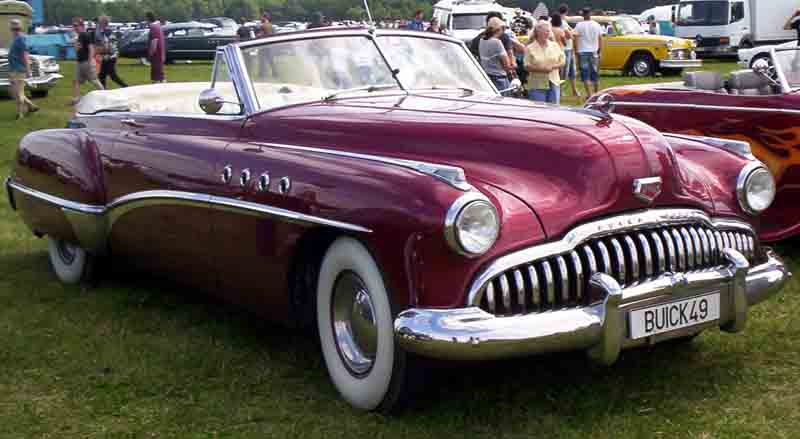John Hancock recently sent out to life insurance agents and brokers an impressive comparison of its “Protection UL”, Universal Life product crediting rates compared eight other carriers, as well as a comparison of those rates 5 years ago. Protection UL, a current assumption UL or CAUL, is currently crediting 5.05%. The other carriers were much lower: two in the low 4% range, two the low 3% range and four carriers are at 3.00%. Back in 2011 John Hancock was crediting “Protection UL” at 5.20%. Three carriers back then were in the 5% range; the fall off to current levels of all eight competing carriers since 2011 has been significant. The continued narrative to justify these low rates and ongoing decreases has been the interest rate environment. John Hancock uses the performance of its institutional investments to enable a better outcome.

Yet in evaluating cash value accumulation and policy values besides crediting rates there is cost of insurance (COI) to consider. That’s harder to track, but this very useful article takes to task Banner/William Penn, AXA, Transamerica and Voya Financial for their huge rate hikes to COI in 2015. Was that necessary? John Hancock had better priorities.
Carriers clearly have other options, which protect rather than harm consumers. John Hancock, for instance, took a huge write-down in 2008-2009 that affected shareholders rather than clients. And since then, the company has been a prolific innovator of products and services that manage both interest and mortality risk. The latest example: John Hancock’s “Protection” series of policies, which offers a reduction of COI charges. This approach shows carriers can succeed by putting their clients’ needs above shareholder interests when necessary.
Having been so convinced, I made John Hancock’s “Protection UL” my recommended UL product. There remains a lingering concern about the challenges to their long-term care insurance policy performance.
Keep in mind COI is a vital component to cash value accumulation for Indexed Universal Life (IUL) as well. It’s much harder for agents and consumers to follow the trail of a company’s track record for cost of insurance charges, but it’s of a vital importance when choosing a UL or IUL, any products with non-guaranteed elements.
Sean Drummey
 In a quote comparison of Survivorship Indexed Universal Life (IUL) products with cash value accumulation as the objective, Penn Mutual outperformed the competition with their “Survivor Plus IUL” plan.
In a quote comparison of Survivorship Indexed Universal Life (IUL) products with cash value accumulation as the objective, Penn Mutual outperformed the competition with their “Survivor Plus IUL” plan.



 Licensed Agent: Sean Drummey
Licensed Agent: Sean Drummey Licensed Agent: Sean Drummey
Licensed Agent: Sean Drummey
